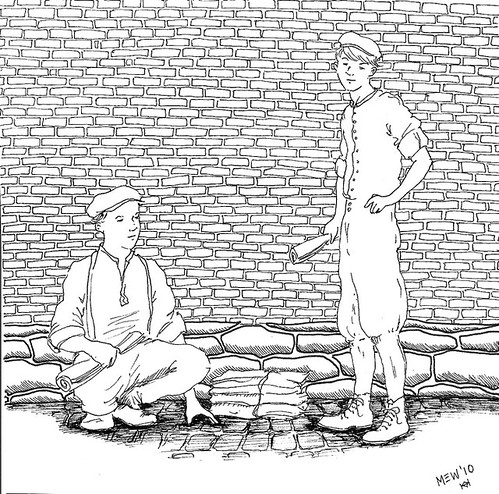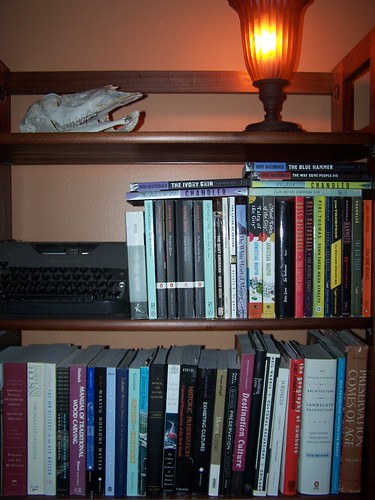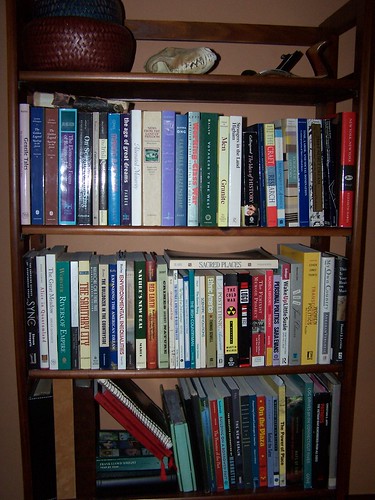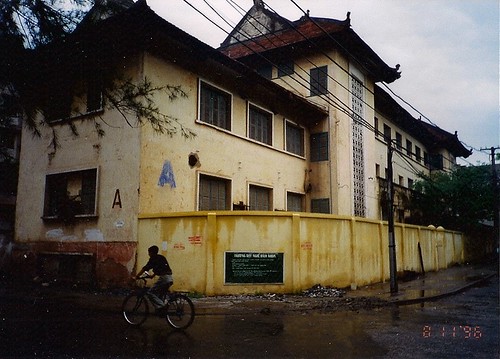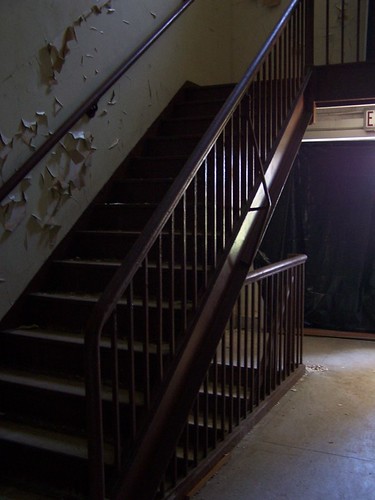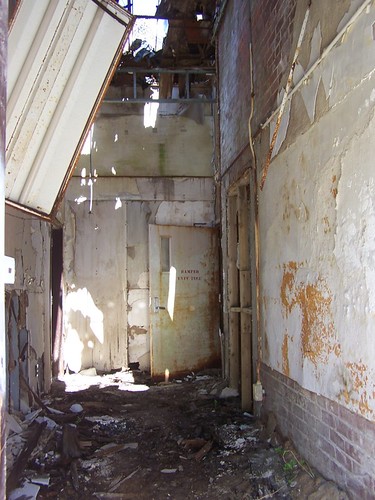Over the years, many have recommended
Zen and the Art of Motorcycle Maintenance. I kept putting it on the back burner, until a friend mentioned in passing a remark made by a U of C professor in the book, “We are not here to
learn what
you think . . . we are here to learn what
Aristotle thinks!” Because he mentioned it, and because it involved thinly disguised professors from the U of C, I decided to give it a shot. It was not quite what I expected. I can’t say that I particularly
like the book, but there are some interesting moments—and a number of moments which were provoking enough to warrant a journal entry.
I started the book at nearly the end, having skimmed through it looking for references to the University. So I started with Phaedrus’s experience at the U of C, and followed it to the end, and then decided that I’d better start from the beginning and work towards the middle. However, no matter where you start, Pirsig’s consciousness (written as the narrator) and the experiences of Phaedrus intersect. It doesn’t take long to discover that a large part of the book is grappling with mental illness, most likely schizophrenia, and what happened after electroshock treatment. “Phaedrus,” in other words, is Pirsig before treatment, and a large portion of the book is devoted to Pirsig’s journey to recover this lost person. I almost wish I had known that going into the book, because I had rather a different expectation.
Possibly, the book is interpretable in several ways, and different people choose to take away different elements. Ultimately, this exploration of mental illness is more interesting to me than a series of Chautauquas about technology, quality, classicism and romanticism, rhetoric and dialectic. However, I believe this is for what the book is really known. This set me off right from the start—not the Chautauquas themselves, because I like to think about troublesome topics—but the author’s need to force them on other people, especially his own family, and particularly his son Chris. There’s an honesty to the presentation, though. Pirsig seems to be aware of the problem, but can’t stop himself. This makes the narrator unlikable, to me, and I find I’m frustrated with what I see as self-absorption and spotty parenting.
Pirsig recognizes in Chris the beginnings of mental illness (possibly—I see mostly anxiety in his portrayal of Chris, and none of the mania or delusions that he hints at with Phaedrus). He also sees some of Chris’s posturing, “YMCA egoism,” and other behavior that troubles him. Pirsig’s method for dealing with this is puzzling—but I’m also aware that the relationship between fathers and sons is often a bit of a war. On the other hand, Pirsig seems only to reinforce some of the same values that he claims to dislike.
Generally speaking, the readers and recommenders of
Zen have been men. I wondered, while reading, if there is a gender difference in both the interpretation of the book, and also enjoyment of the book—much like there is for
The Giving Tree. (Incidentally, if you want to know why many women loathe
The Giving Tree, I will explain in the comments) At any rate, it occurred to me that perhaps some fellows might identify with Pirsig, Chris, Phaedrus, or all three of them. While I often identify with men in literature, I can’t identify with these men. And perhaps the people who like this book have less of a problem with a sort of aggressive pedagogic tone.
I’d planned to write a little about the Chautauquas themselves, as there is quite a bit of philosophy in this book, but I think I’ll have to devote a second post to that. I’d also like to discuss in further depth the segment of the book I liked the most: Phaedrus’s experiments with Quality, and the absence of grades. And the Church of Reason. Perhaps this segment resonates with me right now, just as I’m back inside an institution that drives me crazy (academia, of course). Read onward, then, in the next post.

